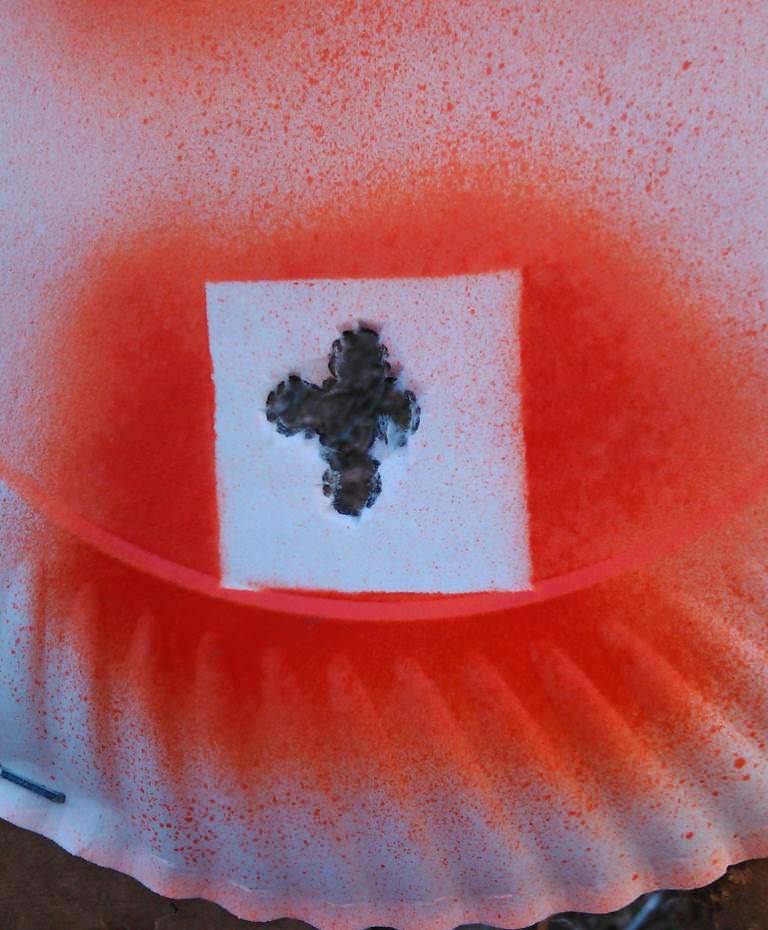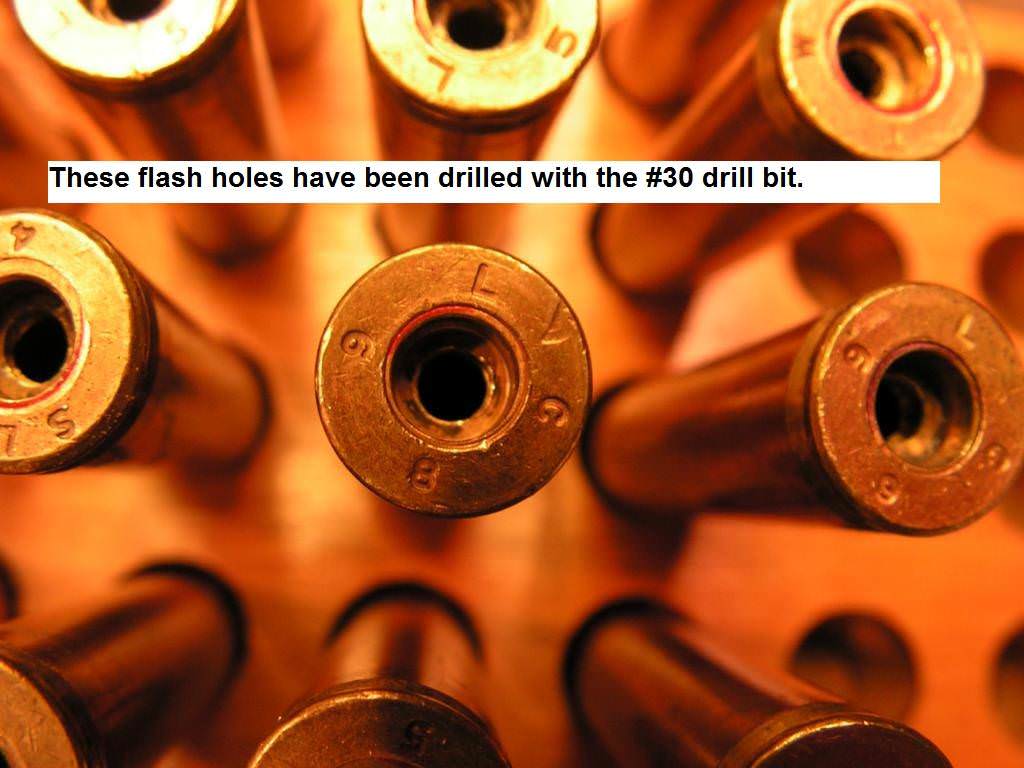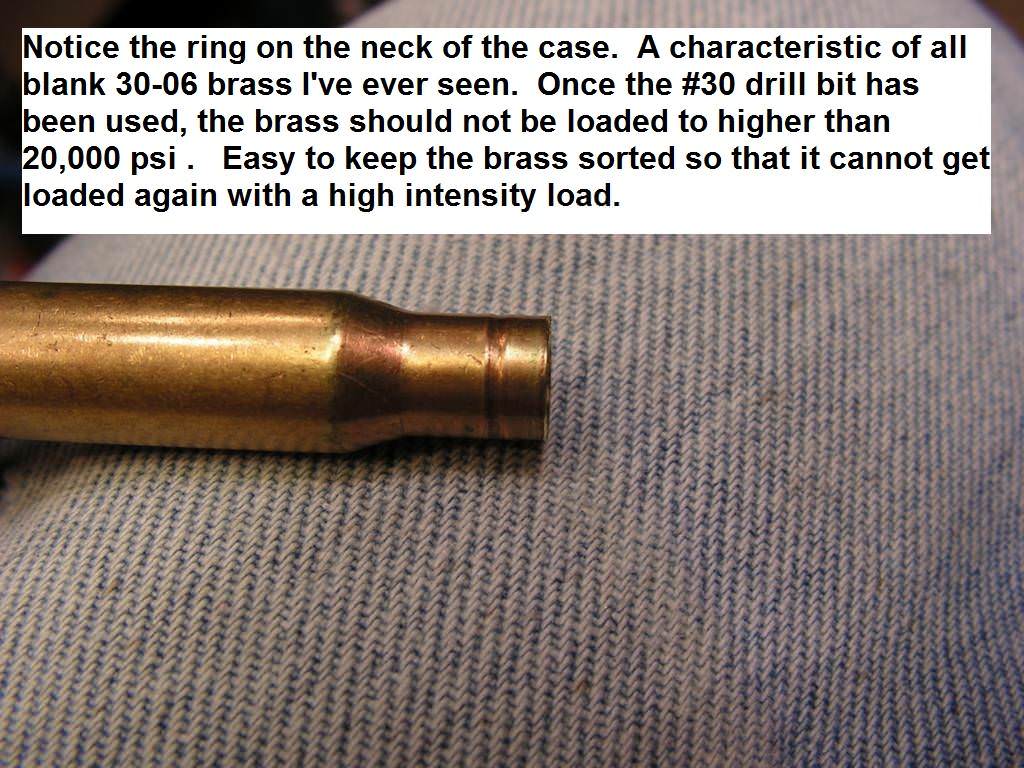Using 30-06 Blank cases





I don't plan on loading hundreds of rounds of this. I loaded 20 rounds " to test the waters " with this concept.
I basically wanted to see what results were possible and use this stash of 1,000 pieces of brass as a " reserve " in the event it was needed someday in the future.
We don't know the future, I wouldn't have believed that there would be a day when I couldn't buy .22 LR ammo, I wouldn't have believed that there would be a day when primers and powder were not available. What does the future hold , .......I don't know ?
Ben
Recently, I decided to reload some of the 1,000 30-06 blank cases that I have on hand. ( I paid $10 per 1,000 about 40 years ago and they have just been sitting in a box since that day )
Some reloaders have loaded them to full potential in the 30-06 with absolutely zero problems . Some of this brass is 60 - 70 years old and I chose not to load this brass to those pressures and will use all this brass for low intensity, cast loads. Let me point out that some say blanks were relegated to that status because of the metallurgy of a particular lot of brass that was deemed inappropriate for use in standard GI ball loadings. Others say that if B grade brass was not available and blanks were needed , # 1 grade brass was used. Where is the truth ? ? I have no idea ?
If I err, it will be on the side of safety. Use only low intensity cast bullet loads and wear safety glasses when firing loads like this.
I used a # 30 wire gauge drill bit to open the flash holes ( this brass will be loaded from this day forward with light cast loads only )
I'll include a test target fired at 50 yards , 5 shots. While I've seen my Tikka shoot much better than this, it is comforting to know if obtaining 06' brass someday for my 30-06 rifles becomes a problem, I can always fall back on this stash of 1,000 empty cases. If required, these loads could put meat on the table or keep a bad guy(s) at bay.

This load - - 20 ea. military blank 30-06 cases with 11.5 grains of Russian Salute ( Russian Unique ) with a Lyman 311466 sized .310 with a Hornady g/c and a Winchester large pistol primer. ( The flash holes were drilled out with the # 30 drill bit ) The cast bullet was lightly engraving the rifling when the bolt closed.




I don't plan on loading hundreds of rounds of this. I loaded 20 rounds " to test the waters " with this concept.
I basically wanted to see what results were possible and use this stash of 1,000 pieces of brass as a " reserve " in the event it was needed someday in the future.
We don't know the future, I wouldn't have believed that there would be a day when I couldn't buy .22 LR ammo, I wouldn't have believed that there would be a day when primers and powder were not available. What does the future hold , .......I don't know ?
Ben
Last edited:
